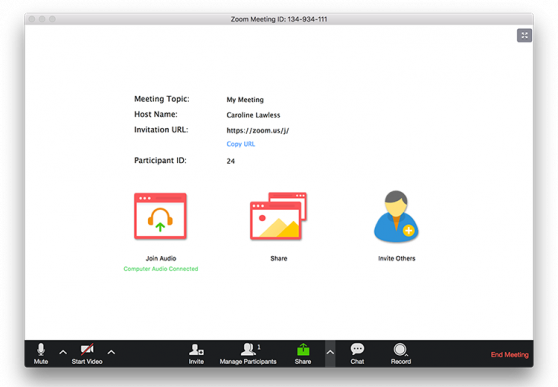

Click the applicable group name from the list.In the navigation menu, click User Management then Groups.Sign in to the Zoom web portal as an administrator with the privilege to edit user groups.To enable or disable local recording for a group of users:
 (Optional) If you want to make this setting mandatory for all users in your account, click the lock icon, and then click Lock to confirm the setting. Hosts can give meeting participants permission to record locally: Allow hosts to give permission to record locally as well. Save closed caption as a VTT file: Allow hosts to save closed caption files in local recordings. Save chat messages from the meeting/webinar: Allow hosts to save in-meeting chat messages in the local recording files. (Optional) Select the check boxes to enable or disable additional features, then click Save:. If a verification dialog appears, click Enable or Disable to verify the change. Under the Recording section, click the Local Recording toggle to enable or disable it. In the navigation menu, click Account Management then Account Settings. Sign in to the Zoom web portal as an administrator with the ability to edit account settings. To enable or disable local recording for all users in the account: Local recordings also do not capture nonverbal feedback or meeting reactions. Note: If you require these features, use cloud recording. Shared screen recording layout with active speaker thumbnail or without any thumbnails (local recordings will always show a thumbnail gallery view with the shared screen). Record Active Speaker, Gallery View and shared screen separately. Local recordings don't support the following features: See cloud recording for paid accounts if you are using a mobile device.
(Optional) If you want to make this setting mandatory for all users in your account, click the lock icon, and then click Lock to confirm the setting. Hosts can give meeting participants permission to record locally: Allow hosts to give permission to record locally as well. Save closed caption as a VTT file: Allow hosts to save closed caption files in local recordings. Save chat messages from the meeting/webinar: Allow hosts to save in-meeting chat messages in the local recording files. (Optional) Select the check boxes to enable or disable additional features, then click Save:. If a verification dialog appears, click Enable or Disable to verify the change. Under the Recording section, click the Local Recording toggle to enable or disable it. In the navigation menu, click Account Management then Account Settings. Sign in to the Zoom web portal as an administrator with the ability to edit account settings. To enable or disable local recording for all users in the account: Local recordings also do not capture nonverbal feedback or meeting reactions. Note: If you require these features, use cloud recording. Shared screen recording layout with active speaker thumbnail or without any thumbnails (local recordings will always show a thumbnail gallery view with the shared screen). Record Active Speaker, Gallery View and shared screen separately. Local recordings don't support the following features: See cloud recording for paid accounts if you are using a mobile device. 
Note: Local recording is not supported on iOS, iPad, or Android devices.
Zoom desktop client for Windows, macOS, or Linux: Global minimum version or higher. How to assign recording privileges to a participant. Local recording files can be found in the default Zoom recording folder on your system. You can upload recorded files to a file storage service such as Dropbox, Google Drive, or a streaming service like YouTube or Vimeo. Local recordings capture the meeting as the participant recording sees the meeting, meaning the recording will capture the meeting in speaker view, if that is what video layout is currently in use. Local recordings can include participant names, separate audio tracks for each participant, timestamps, and other options. Local recording allows participants to record meeting video and audio locally to a computer. Local recording is available to free and paid subscribers.







 0 kommentar(er)
0 kommentar(er)
